 |
 |
 |
| |
New HCV Rate Dropping in German HIV+ MSM-But Reinfection Rate 18%
|
| |
| |
EASL 2020, Digital International Liver Congress, August 27-29, 2020
Mark Mascolini
In a 10-year German observational study of 167 people acutely infected with HCV-most of them HIV-positive men who have sex with men (MSM)-annual diagnoses of new HCV infections fell by more than half [1]. But almost 1 in 5 MSM in this cohort became reinfected with HCV after clearing the virus.
Acute HCV infection continues to affect high proportions HIV-positive MSM in certain metropolitan areas across the globe, note Goethe University Hospital investigators who conducted this study. About 15% to 30% of these men spontaneously clear HCV infection, and high proportions of other HIV-positive men acutely infected with HCV attain a sustained virologic response (SVR) with direct-acting antivirals (DAAs). But some research teams report one or more HCV reinfections in many HIV-positive MSM who clear HCV.
The Goethe University team conducted this 10-year observational study to chart epidemiologic, clinical, and phylogenetic evolution of acute HCV infection in MSM with or without HIV. They recruited 167 people with acute HCV seen at three Frankfurt centers from 2009 through 2019. While 143 MSM had HIV coinfection, 7 did not, and 17 non-MSM had acute HCV monoinfection. Overall, 153 participants (92%) were men, and age averaged 43 years.
Among 135 HIV-coinfected people analyzed, 18 (13%) spontaneously cleared HCV, compared with 7 of 19 HCV-monoinfected participants (37%). Among 114 people treated for HCV, median time from HCV diagnosis to treatment stood at 23.6 weeks. Sixty of these 114 people (53%) received interferon plus DAAs and 54 (47%) received interferon-free DAA therapy. Respective SVR rates were 97% and 100%.
In the first 5 years of study, HCV genotype frequencies were 1a in 72%, 1b in 7%, 2 in 3%, 3 in 4%, 4 in 12%, and undetermined in 3%. But in the last 5 years of study, genotype 4 frequency climbed to 20%, genotypes 1a and 3a remained stable at 77% and 3%, and no genotype 1b or 2 infections occurred. Phylogenetic analysis determined that closely related HCV strains circulate in MSM, particularly in men with genotype 1a or 4d.
Annual acute HCV diagnoses in this group fell steadily from a high of 25 cases in 2009 to fewer than 10 in 2019. But almost 1 in 5 MSM (18%) became reinfected with HCV after eradicating the virus.
Reference
1. Graf C, Lutz T, Knecht G, et al. Acute hepatitis C virus infection: a prospective ten-year observational study of HCV-mono and HCV/HIV-coinfected patients. EASL 2020, Digital International Liver Congress, August 27-29, 2020. Abstract THU367.
--------------------------------
Acute hepatitis C virus infection: A prospective ten years observational study of HCV-mono- and HCV/HIV-coinfected patients
Christiana Graf1, Thomas Lutz2, Gaby Knecht2, Christoph Stephan3, Peter Gute2, Kai-Henrik Peiffer1, Johannes Vermehren1, Stefan Zeuzem1, Julia Dietz1, Christoph Sarrazin1,4
1Department of Internal Medicine I, Goethe University Hospital, Frankfurt; 2Infektiologikum, Frankfurt; 3HIVCENTER, Department of Infectious Diseases, Goethe University Hospital, Frankfurt, 4St. Josefs-Hospital, Wiesbaden, Germany
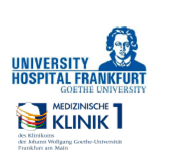

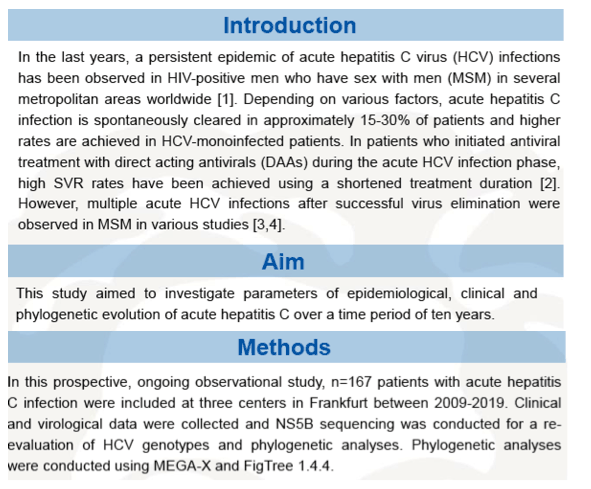
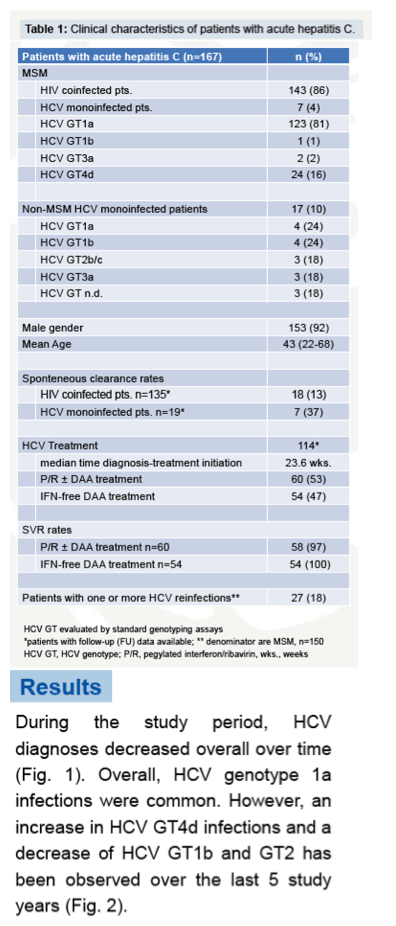
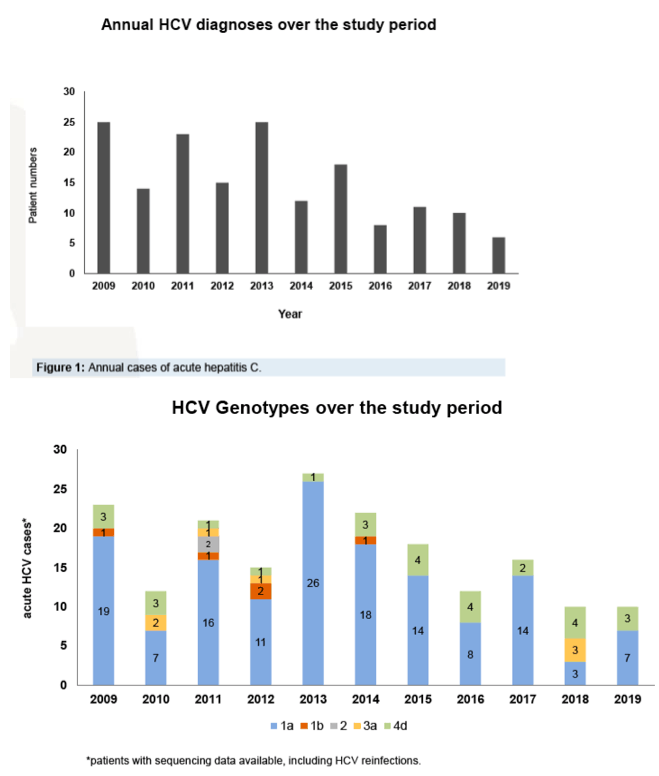
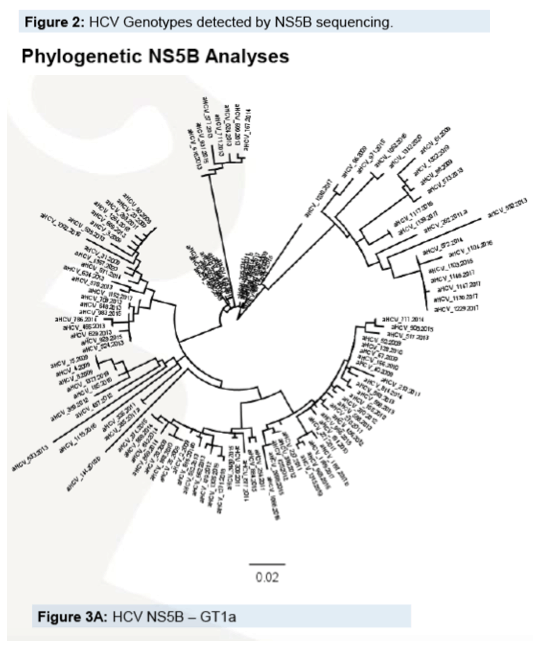
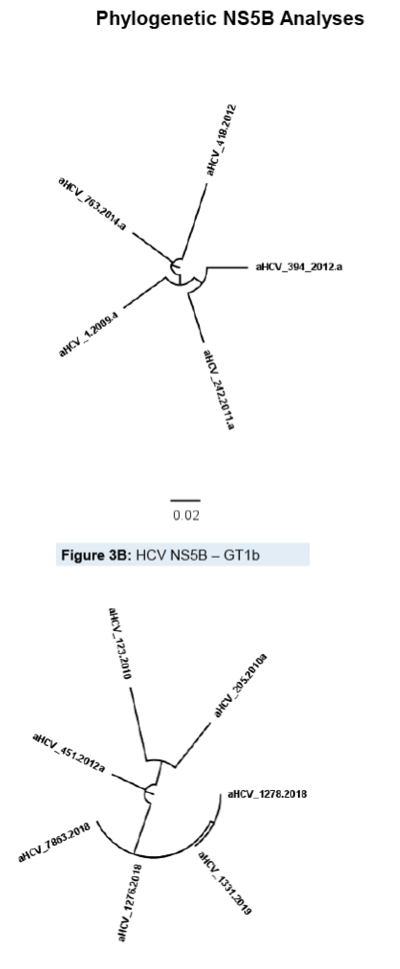
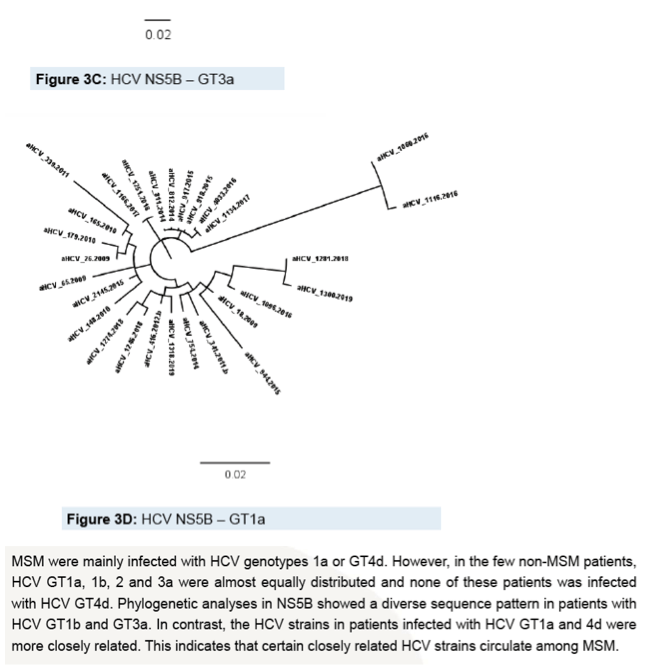
|
| |
|
 |
 |
|
|